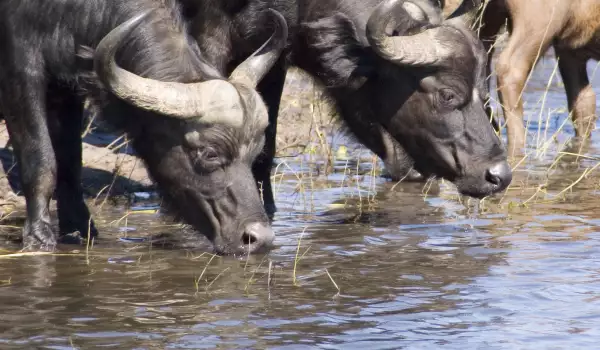Luangwa National Park

Luangwa National Park is located in Zambia, at the western end of the great African fault. This is a perfect destination for lovers of real safari, because the area is remote and quite striking, with wondrous pictures.
The natural park is open year-round for those wishing to attend. It is advisable to do this around January-February, when the river is deep and flowing. At that time the vegetation is lush and fauna is lively. It is recommended to tour the park only by car.

The reserve can be reached by air, taking a plane from airports Lusaka, which comes to Mfuwe town located near Luangwa. Along with beautiful scenery there is a danger to tourists of malaria and the famous tsetse flies.
Luangwa National Park is surrounded by the mountain range Muchinga. Surrounding plateaus are at 1000 m altitude from it comes the Luangwa river itself, dividing the locality in two. West from its shores are the North and South national parks, to the east lies the still unofficial nature reserve Lukusuzu , which will be completed shortly.
These areas are protected from the late 60s, with the construction of the two largest national parks in Zambia. The first is South Luangwa which is considered one of the richest game reserves in the world, with an area of 9000 square kilometers. North Luangwa, or Lukusuzu is a particularly wild area, which stretches 4 500 square kilometers.
Luangwa National Park is a unique blend of grassy plains, forests of thorn trees and incredibly lush vegetation. The area is pierced by the river tributaries and streams that encircle a wide range of species - 40 species of large mammals, 732 bird species.
Furthermore to the different birds, antselafus antelope, buffalo, black rhinos, lions, spotted hyenas and leopards live here. Unfortunately, the number of hippos progressively decreases because of poaching and legal hunting, which was recently discontinued.
The rhino population almost disappeared despite efforts by environmentalists and private organizations to preserve a maximum number of them.
The lives of local people here is not so easy. The river feeds the local population (around 100 000 people), which are fed mainly by farming and fishing.















